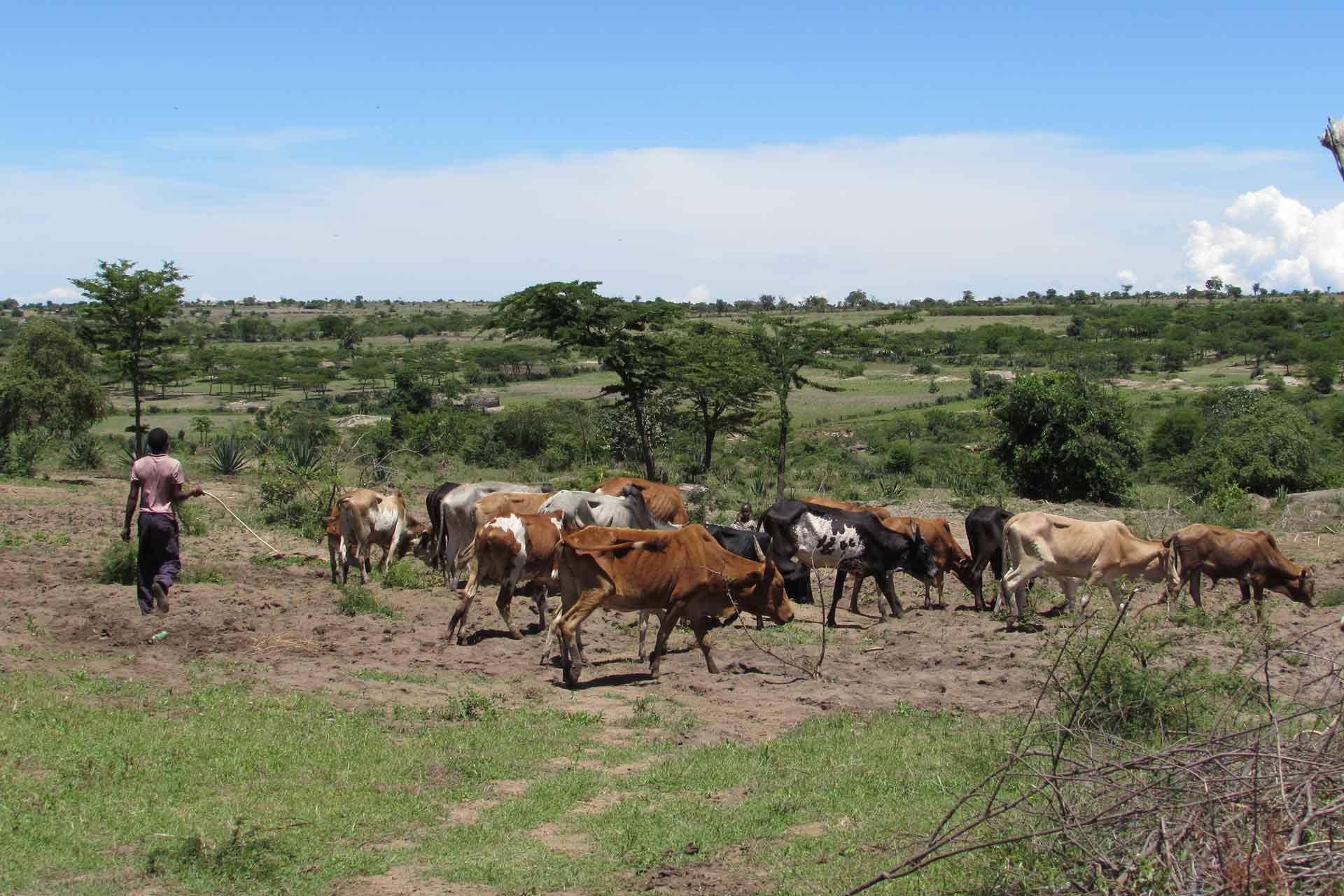Comparing phylogeographies: incompatible geographical histories in pathogens' genomes
Modern phylogeography aims at reconstructing the geographic diffusion of organisms based on their genomic sequences and spatial information. Phylogeographic approaches usually ignore the possibility of recombination, which decouples the evolutionary and geographic histories of different parts of the genome. Genomic regions of recombining or reassorting pathogens often originate and evolve at different times and locations, which characterised their unique spatial histories. Measuring the extent of these differences requires new methods to compare geographic information on phylogenetic trees reconstructed from different parts of the genome. Here we develop for the first time a set of measures of phylogeographic incompatibility aimed at detecting differences between geographical histories in terms of distances between phylogeographies. We study the effect of varying demography and recombination on phylogeographic incompatibilities using coalescent simulations. We further apply these measures to the evolutionary history of human and livestock pathogens, either reassorting or recombining, such as the Victoria and Yamagata lineages of influenza B and the O/Ind-2001 foot-and-mouth disease virus strain. Our results reveal diverse geographical paths of diffusion that characterise the origins and evolutionary histories of different viral genes and genomic segments. phylogeography, recombination, viral evolution.
